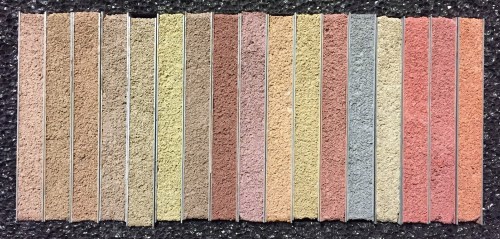
What causes color variations in precast concrete finishes?
Credit: Original article published here.
Concrete contains natural materials, and it is these materials’ inherent beauty that is most often expressed in architectural concrete. The limitations of these natural materials with respect to uniformity must be considered.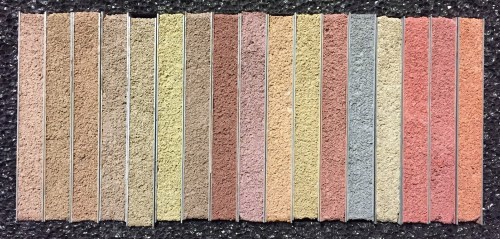
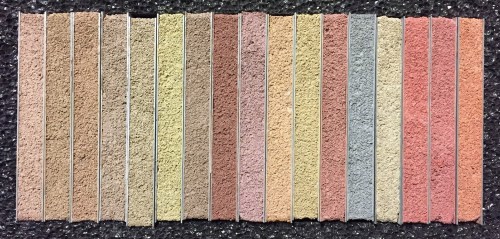
Some color difference between nominally identical precast concrete units is inevitable. Where uniformity is essential, the precaster can provide significant input in balancing colors, textures, and shapes to achieve this uniformity, but some factors are outside the precaster’s control.
Uniformity of color and texture requires the precaster to manage a complex set of variables, including raw materials, mixture proportions, mixing, casting and consolidation, curing, finishing, and weathering. When fabrication continues over extended periods, color can vary because of the changes in the physical characteristics of cements, coarse aggregates, and sand, even though they may be from the same sources.
The color of a concrete is dependent on the following variables among other factors:
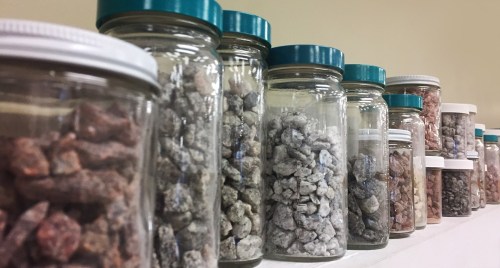
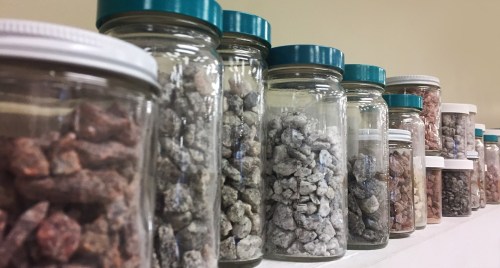
- Cement – Variation in the color can occur from day to day in the product from a single cement plant
- Aggregate – Because the largest portion of a concrete mixture is aggregate, the color or gradation of aggregate can influence the color of concrete
- Fine Particles – Units made with a higher content of fines will be lighter colored due to the increased surface area of fine particles and their light-scattering characteristics
- Chemical admixtures and pigments affect final color
- Curing – Variations in curing as a result of changes in ambient temperature
- Ratio – A change in the water-cement ratio can result in color inconsistency from batch to batch.
Rick Hodek
Sales





